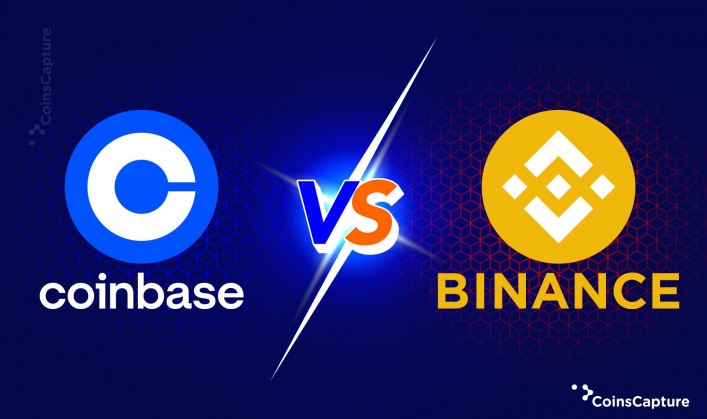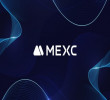7 November 2025
Coinbase Pay v/s Binance Pay
Both Binance and Coinbase support a wide range of Cryptocurrencies, as well as host features like mining, peer-to-peer crypto transactions, payment services, institutional services, training resources, and even more. However, there are several distinctions between the two systems. Let us now learn more about these two payment platforms.
What is Coinbase Pay?
Coinbase Pay, a new service from Cryptocurrency exchange Coinbase, streamlines the process of putting bitcoin into your wallet. You may use the Coinbase Wallet extension for Chrome to access Coinbase Pay. If you are using the extension for the first time, you must connect your wallet to your Coinbase account. When you're finished, click the 'Add Crypto with Coinbase Pay' button to add money. You can choose the currency and amount to add to your wallet which can add the total amount and the transaction can be completed, thus resulting in funds that are easily accessible.
Earlier, you had to log in to your Coinbase account, purchase Crypto, and then input your wallet address, which resulted in the Cryptocurrency being transferred from one address to another address. This new function appears to be far more convenient than the more time-consuming procedure of signing onto the Coinbase website, purchasing Crypto, and then submitting your wallet address.
What is Binance Pay?
Binance Pay is Binance's cashless, borderless, and safe Cryptocurrency payment solution. Binance Pay enables you to send and receive cryptocurrency payments from friends and family members all around the world. One must be able to comprehend how this new Crypto payment method completes the cycle for our various Binance ecosystem consumers. Enjoy the Crypto life>
Payments can be done using peer-to-peer and merchant-based platforms. With over 40 supported Cryptocurrencies, users and merchants may select the one that best suits their needs. Every day, almost $40 billion in crypto-assets are exchanged on Binance, making it the world's largest crypto exchange. Binance, in addition to creating a market for Crypto assets, offers a wide range of Crypto and blockchain-related services to people and financial organizations.
How do Coinbase Pay and Binance Pay Differ?
According to a statement made earlier this year by Coinbase, their latest payments solution is a Chrome web browser plugin designed to make it "simple and natural for everyone" to engage in Decentralized Finance (DeFi) or trade NFTs. Participating in all of those areas often entails users funding and using non-custodial browser-based wallets such as MetaMask, which Coinbase describes as "a difficult procedure that includes numerous stages" with a significant possibility for user mistake. To address this issue, Coinbase provided its payment option, claiming that it makes it simpler to fund its current browser wallet, the Coinbase Wallet, with cash or cryptocurrency from other wallets.
By implementing the payment method within Coinbase's wallet, the procedure becomes considerably faster, simpler, and more secure than it was previously, minimizing the need to switch between separate programs and websites.
Meanwhile, Binance Pay is exclusively available to Binance account holders who have passed identification verification. Binance users can send money to others using Binance Pay by detecting their recipient's QR code or entering their "Pay ID" as a login. Coinbase Wallets, on the other hand, require the recipient's complete wallet address to make a payment, which varies from Coinbase Pay.
The Bottomline
Binance and Coinbase are now the two largest cryptocurrency exchanges. On both platforms, cryptocurrency may be purchased, sold, and exchanged. They largely differ in the types of currencies accessible. Following a comprehensive verification procedure, Bitcoin is one of the cryptocurrencies that Coinbase supports and now provides. Binance, on the other hand, swaps over 500 cryptocurrencies and counting. You may use this evaluation to analyze the available currencies, security costs, features, and other factors to choose which platform is best for you.
Disclaimer - The author’s thoughts and comments are solely for educational reasons and informative purposes only. They do not represent financial, investment, or other advice.






